Canon 5D Mark IV Review Through the Eyes of a Wedding Photographer
![]()
This is a review of the Canon 5D Mark IV. My name is Albert Palmer, and I’m a professional wedding photographer who uses my cameras at least 1 to 3 times a week — often for 10 to 12 hours a day and in quite challenging conditions.
![]()
I have photographed quite a few weddings and an engagement shoots with the 5D Mark IV now, so I feel I have a pretty good grasp of the camera. While I don’t consider myself to be a ‘gear head’, I’ve been waiting to replace my 5D Mark IIIs for an awfully long time.
I tend to think that pretty much any pro camera released in the last 5 years is more than capable of taking great photos. But in wedding photography, small differences and improvements add up. We often work in challenging conditions, and the camera can go a long way in helping us capture amazing memories and moments. It’s these that are most important to me.
![]()
First Impressions
I’ve been waiting 2 years for this camera. Whilst I’ve been content with the 5D Mark III, I’ve certainly noticed a lot of wedding photographers switch from Canon to the Nikon D750, a lightweight, cheap, full frame camera with incredible dynamic range and two card slots. The D750 has been hugely popular amongst wedding photographers and for good reason. Whilst it’s build quality does not match up to the Canon 5D line, it has plenty going for it. Whilst lots of my friends now use Fuji and Sony it’s the D750 that I’m mainly comparing the 5D Mark IV to.
![]()
Other reviews of the 5D Mark IV say it has been greatly improved. How this stacks up against Nikon/Sony we’ll see in due course. So far I’m happy I upgraded. The 5D Mark IV is a great camera and I am very impressed with what I have seen. It was an expensive upgrade but I’ll get good use out of these new cameras over the coming years. I upgraded from the 5D Mark III – having skipped the 5DS R which didn’t really tempt me. I did buy the Sony a7R II in my search to try something new, mirrorless as well as a camera with amazing dynamic range.
One new feature I like is the information shown in the viewfinder. Along with the standard exposure settings you can now see metering modes, white balance, autofocus and drive modes. These are small things, but it means you can change settings without having to take your eye away from the view finder.
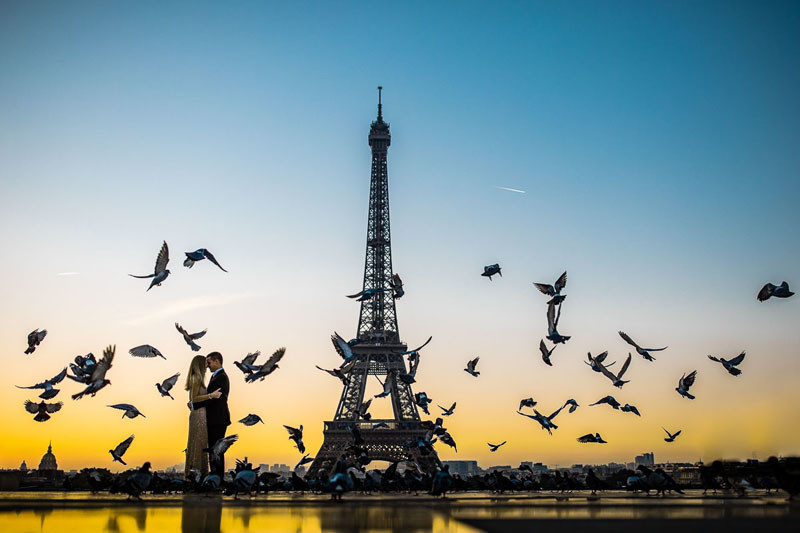
Using It at a Wedding
After receiving the camera on release day I put it to use the next day at my first wedding. Since then I have experimented with the camera in many difficult conditions. For example couples walking down the aisle in poor light, confetti outside the church, children running around and also reportage photography in extremely low light. I have used it before sunrise and also in harsh bright lighting conditions so I feel I have a good grasp on its capabilities.
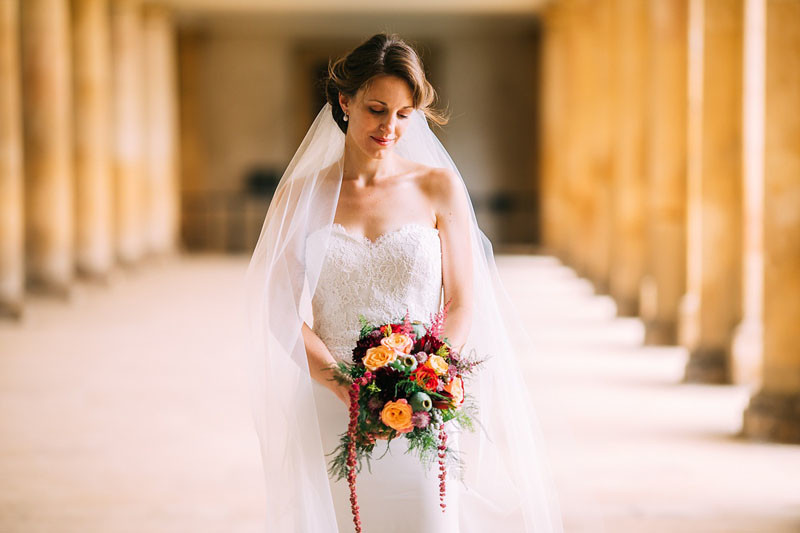
The images displayed on the touch screen were a little yellow/green at first. They also seemed overexposed. Despite the histogram looking good. I switched my display to manual brightness going one step below the maximum. I also changed the LCD color tone to ‘Cool tone 1’ and this made a big difference.
The 5D Mark IV feels very similar to the 5D Mark III, just slightly lighter. Virtually the same ergonomics, buttons and menu layout. The faster frame rate made my day for action sequences like confetti and walking down the aisle and I was surprised at how responsive the autofocus was in the dark. The camera was easily able to focus in very dark situations. I found the ISO sensitivity greatly improved and ISO 12800 was not a problem. The images look impressive compared to the 5D Mark III. Whilst there is some grain and loss of sharpness there is no color noise.
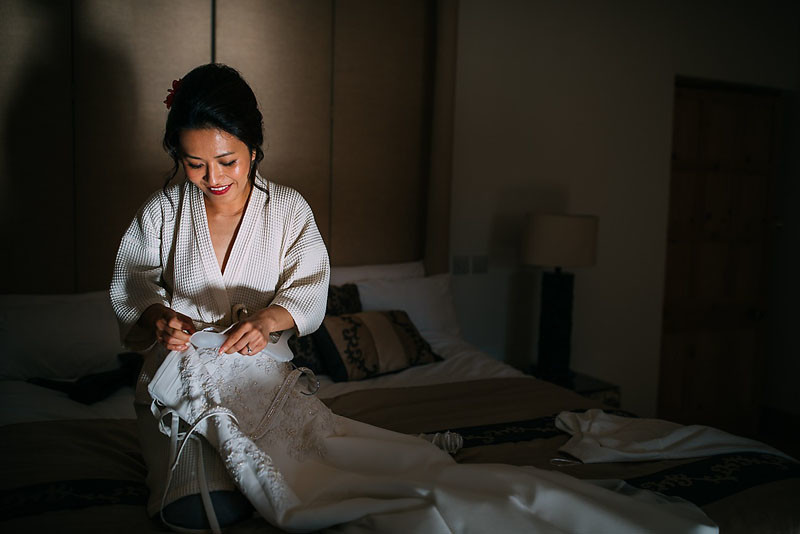
One attribute I did not think I would value was ‘anti-flicker.’ But after working alongside a second photographer with 5D Mark III’s at a church wedding I saw a big difference. The ‘anti-flicker’ symbol flashed in the view finder and on inspection of the images I could see the 5D Mark III images had lots of purple and yellow banding from the church lights. 5D Mark IV files were excellent however.
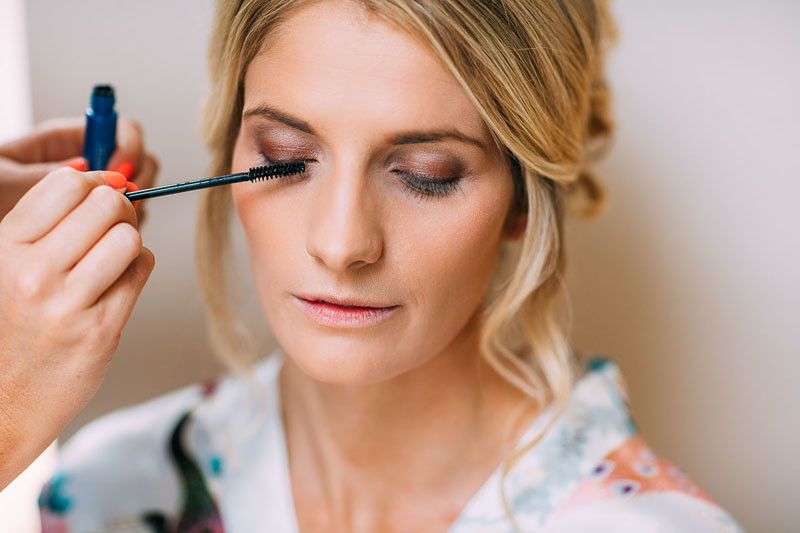
![]()
The Positives for Wedding Photographers
Low light focusing is SO good. Especially for winter weddings and dark wedding venues in the UK.
Image quality is beautiful. I’m very happy with the RAW files and JPEGs I’ve seen so far. They are beautiful and full of detail. They seem sharper and full of detail and color.
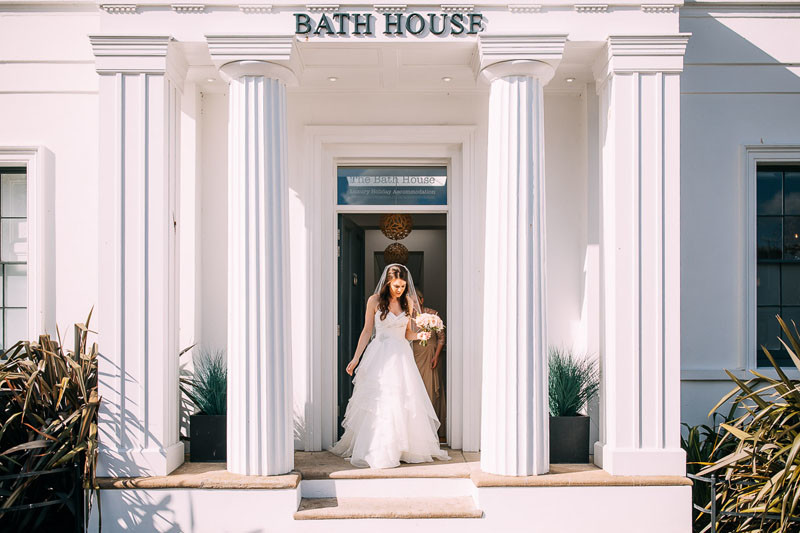
Frame rate is improved. A huge winner for confetti shots and action shots at weddings.
The write speed and buffer are quicker compared to the 5D Mark III. I love beautiful confetti shots.
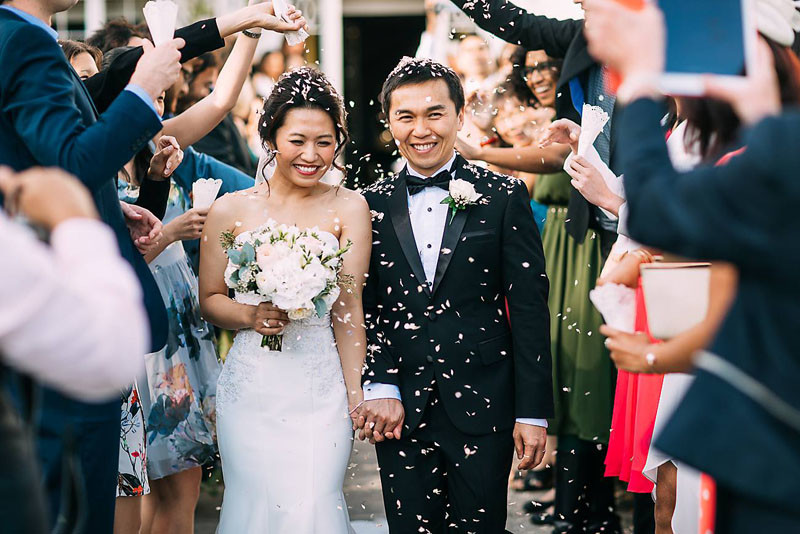
A touch screen is pretty nifty and I have used it several times. Especially focusing in live view mode which is incredibly accurate.
Slightly lighter. Having used the Sony a7R II this is a big deal for me.
Incredible ISO performance. I’m not sure how it compares with Nikon (who I know are excellent.) But ISO 6400 (a setting previously avoided on the 5D Mark III) is very acceptable.
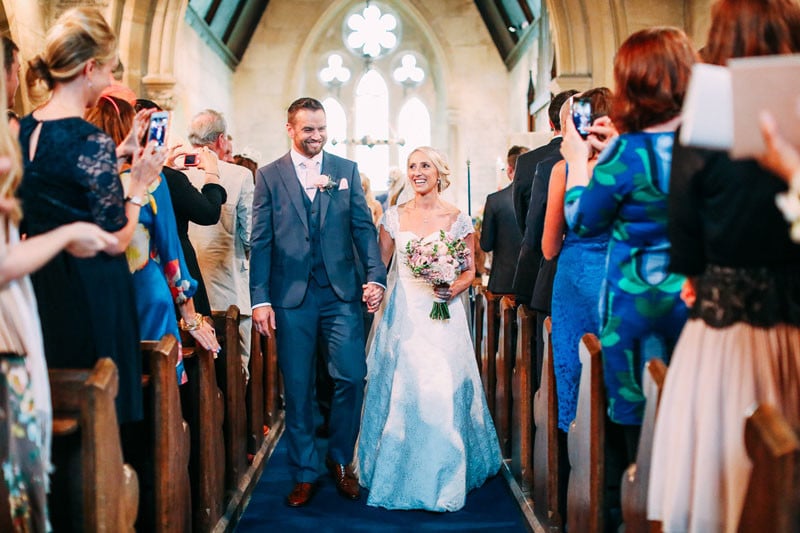
It uses the same battery as the 5D Mark III and also the same memory cards which is useful for those of us upgrading. Small but appreciated.
Anti flicker – if you’re a wedding photographer then this isn’t a gimmick. It’s an extremely useful feature saving extra editing time.
The Negatives for Wedding Photographers
Quiet mode isn’t quite as quiet. It’s marginal – but it does sound fractionally louder. Disappointing really. As a reportage wedding photographer I would have hoped it had been made quieter.
I have had to update my SD and CF cards for 4K video. My older cards were just too slow. No, I’m not a videographer but being able to grab stills from video is something I would like to try. I bought Sandisk Extreme Pro cards and I’m much happier. Writing files is much quicker and chimping is instantaneous.
A missing flip LCD screen. This isn’t a gimmick – it is hugely useful for getting creative angles. I would have loved a pull out screen. Even if it didn’t rotate it would have been the icing on the cake. The touch to take a photo goes some way to redeeming this oversight but it isn’t quite as practical. I understand why Canon didn’t include it though. It would have been less durable and probably not so well weather sealed.
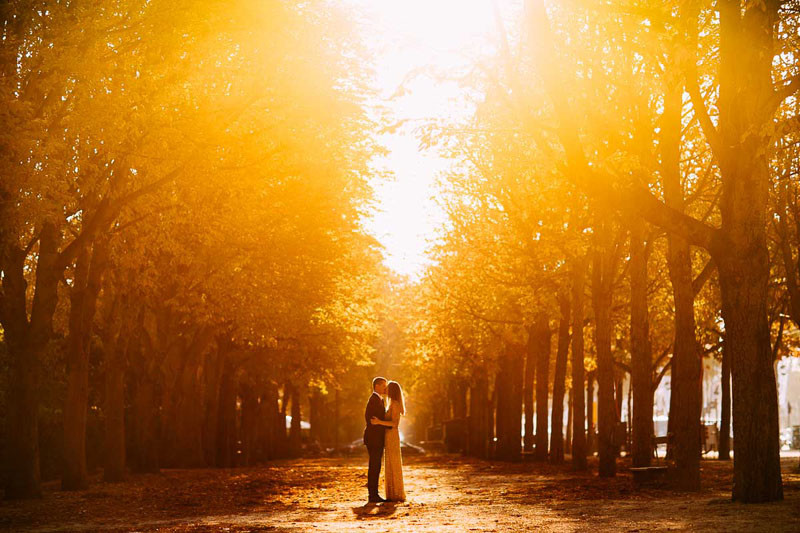
No illuminating AF points. They flash red when it finds focus and then disappear.
The GPS timer does not work well so far. My timing are all over the place so I had to turn it off.
The RAW files are quite different from the 5D Mark III. They have less contrast and are perhaps slightly greener. They are beautiful though!
Poor battery life. This may change as the batteries break in.
Autofocus
Autofocusing is greatly improved. I certainly had some files that were out of focus though. As the couple walked towards me in the church not every image (f/2) was in focus.
The confetti photos were quite poor even though there was good light. It missed focus a fair bit but I’m going to put this down to user error. I used AI servo mode but didn’t change the AF mode. As the subjects walked towards me the camera focused on the confetti in front of them.
However I noticed a big change in the amount of keepers I came home with. I do feel more confident using this camera and because I shoot at wide apertures fairly often nailing focus can sometimes be a little hit and miss with moving subjects. The 5D Mark IV did incredibly well and I could see a difference compared to the 5D Mark III.
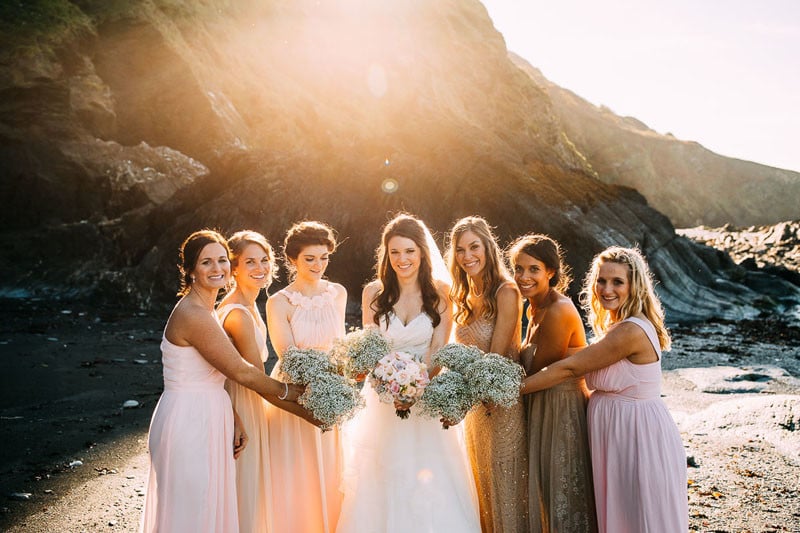
One of my biggest reliefs is that the 50mm f1.2 L USM lens focuses much better than it ever did with the 5D Mark III.
I love this lens. It’s a great all-rounder for wedding photography but in low light, or backlit conditions like the image below it was terrible at focusing. To get that amazing flare I would have to take 10 photos to get 1 in focus. That ratio is down significantly and I have much more confidence when using it.
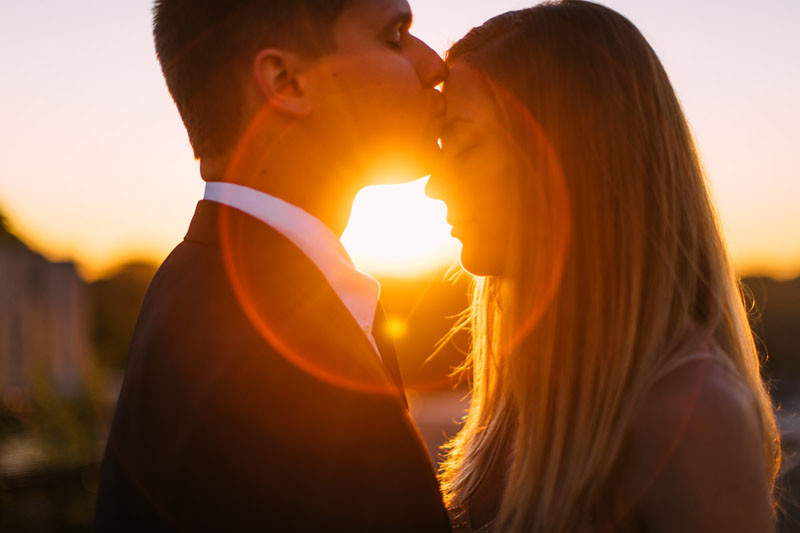
Low Light Autofocus
The revelation for me is low light autofocus. This is an area the 5D Mark III struggled a little. It could find focus but it took it’s time. The 5D Mark IV nailed it from the beginning. In dark bars to people hugging in moonlight. Focus was achieved instantly and correctly nearly all of the time. I didn’t realize how bad the 5D Mark III was until I used the mark 4. If you’re a wedding photographer like me and your system struggles in low light – I’m confident the Mark IV will perform for you. The progress made here is incredible.

ISO Performance
I can’t really say whether this is as good as Nikon/Sony or other manufacturers, but it’s certainly been greatly improved. When light levels drop during the speeches I tend to reach for the flash. But at certain times of the wedding day this just isn’t possible. Specifically during the ceremony and as a documentary wedding photographer in Bristol I go to some dark venues like barns and churches. Setting up and using flash isn’t an option and often makes me stand out because it is quite intrusive.
ISO6400 is very usable and ISO12800 was also good. As I have previously mentioned there is grain and a loss of sharpness. But it is pleasing and it is improved. There is very little color noise which is the real quality killer. I think you could make large prints out of these files and be very happy.
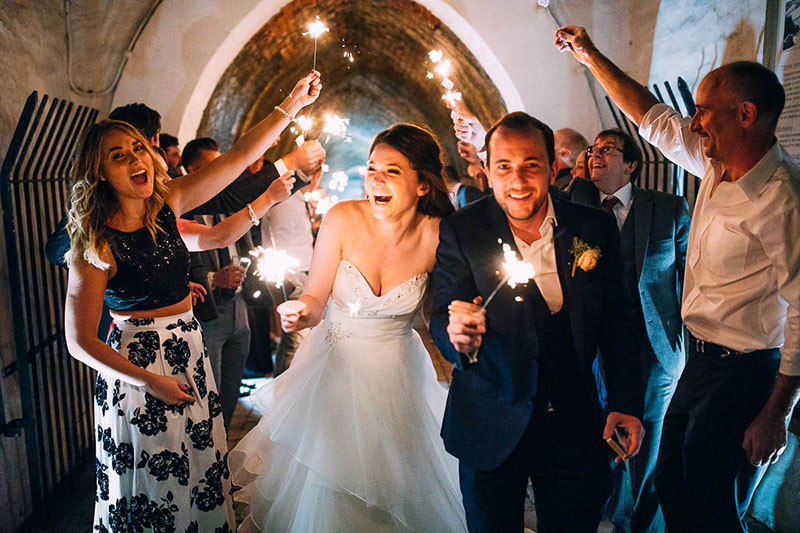
On a recent engagement shoot we went in to a forest and it was pretty dark. The sun was going down and there was limited light. I was extremely happy with the ISO performance and there was plenty of saturation and contrast.
I also photographed some wedding speeches which ran quite a bit over schedule. From sun set until darkness. I had set up flashes beforehand but I found I was able to continue shooting with good results. The room was lit by candles and pontoon lighting so flash would have ruined any consistency. Also, the room and ceiling was all wood which never gives a great look with flash.
AUTO-ISO is the same as the Mark III. I have not seen an option that allows you to set automatic AUTO-ISO options according the lens which I would have liked.
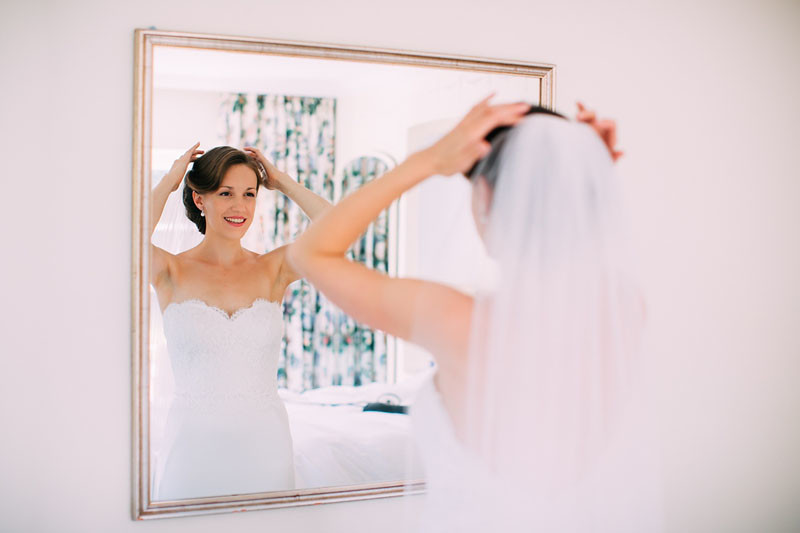
Dynamic Range and Underexposure Test
Especially relevant to this 5D Mark IV review is the dynamic range. Sony (and Nikon) set the bar very high with the a7R II, D750 and D810. It’s one area Canon canon has not done well in. Some may well question why you need it. As a wedding photographer I find this a really important feature.
Take the scene below, harshly lit with bright sunlight. Often it’s a question of ‘do I expose for the highlights or for the shadows?’ Do I loose the beautiful sky, or loose the subject? Well, cameras which can capture excellent dynamic range can capture both. Certainly with the 5D Mark III, at ISO 100 you could get away with under exposing by to stops to capture the detail in harsh scenes like this.
The image below I purposely underexposed to capture maximum detail. I have processed the image in Lightroom and given it a 2 stop exposure boost. It’s done an excellent job of recovering all of the information. Giving me a beautiful sky as well as the bridal party walking to the ceremony. I dare say the 5D Mark III would have done a similarly good job, but I plan on testing this area further with up to 5 stops of underexposure to see just how much information can be pulled back.
![]()
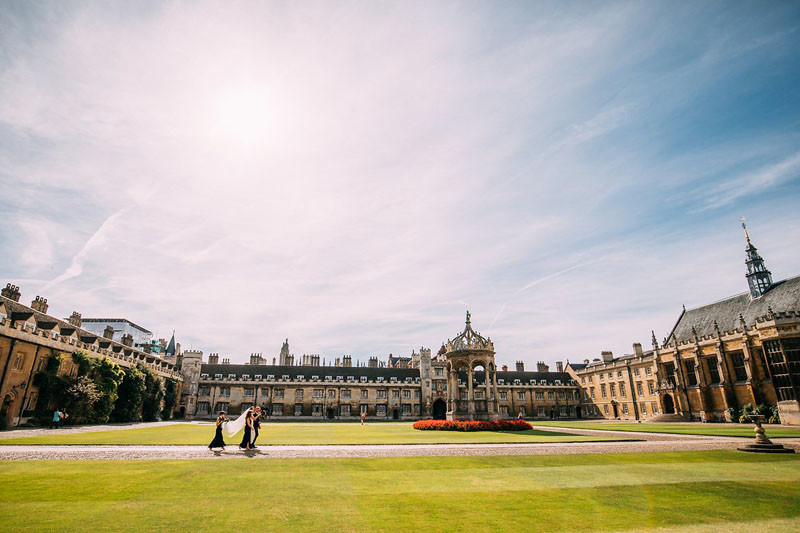
Weight
For the last 6 years I’ve been more than happy carrying around two DSLRs and a whole lot of lenses to weddings.
That was until I got the Sony a7R II, which to be frank was a game changer. Using it at weddings is a joy. It’s one of those things you have to use to appreciate. One of the main reasons is its weight. It’s tiny and using DSLRs feels like going back in time. A simple analogy I heard recently is that Sony is the Tesla of the camera world. My Canons feel like my diesel saloon. An economical car, practical but lacks finesse and elegance although they get you from A to B.
I am very pleased to say as part of my 5D Mark IV review that it is lighter. The weight does make a difference and whilst it is no mirrorless camera, they’ve shaved off a little weight and that is appreciated. It’ll go a long way saving my aching legs!
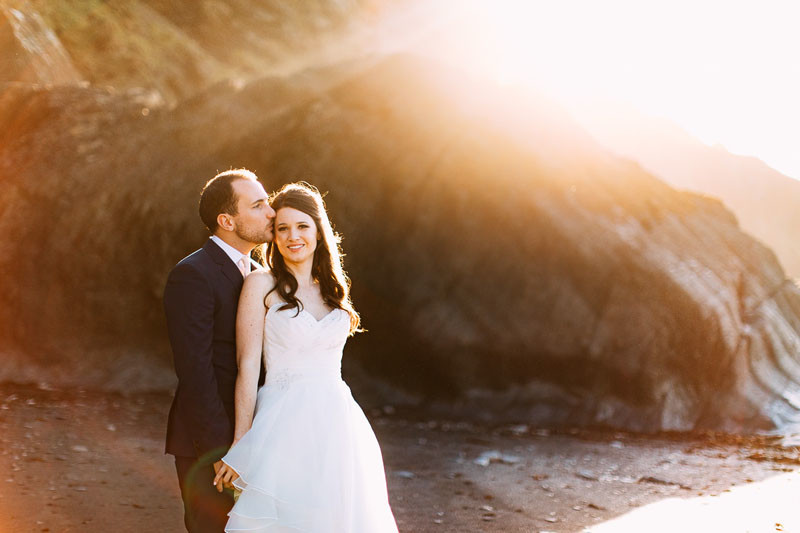
Battery Life
I’ve shot around 150 weddings with the 5D Mark III, and in that time I’ve had to change the battery on the day about 5 times. The battery lasts me all day because I keep the LCD turned off by default, so apart from taking photos and reviewing images the LCD isn’t on. As a result changing the battery is one less thing to think about and I have never been caught out at a critical moment.
At every wedding so far I have had to change batteries on at least one camera. I don’t use the LCD screen much or use video. I’d imagine that if you use the touch focusing or video for any length of time it’ll impact on battery life even more. Being able to get through a wedding without having to change battery is nice. The fewer distractions the better! I have heard that the batteries take time to ‘bed in.’ So the more times you use them and the more recharges they have the longer their life. In conclusion this is a bit of a disappointment as it is one more thing to think about on a wedding day.
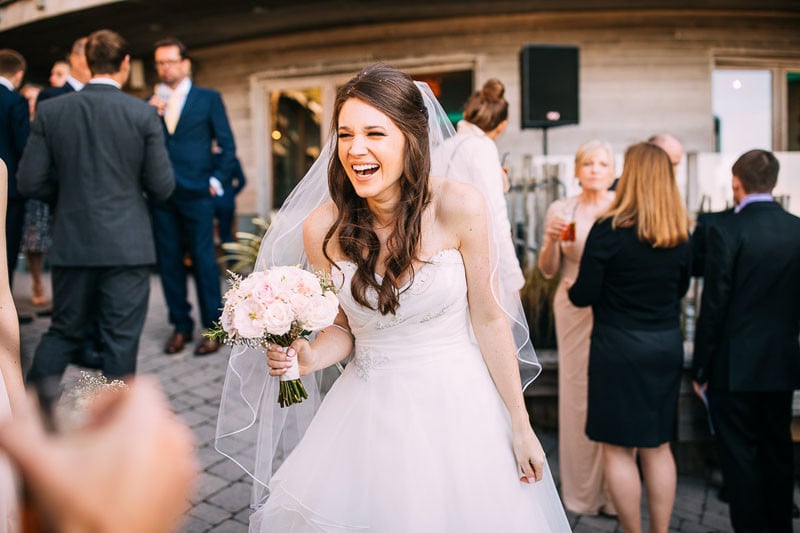
Processing
Especially relevant to this 5D Mark IV review is the processing of the images. Lightroom has been updated to support the 5D Mark IV and I’ve edited a few weddings. First of all the files do look different to the 5D Mark III files so you’ll need to tweak and update presets if you use them. I think the RAW files have less contrast so they require a little more work. The RAW files are full of detail and sharpness but most noteworthy is the excellent dynamic range. I’m not sure if they are quite as good as Nikon/Sony but they justify the update for me.
I have also processed JPEGs from this camera and I am mightily impressed with the latitude these files have. Tweaking exposure, contrast and a little white balance has been no problem. Even recovering shadows on a JPEG image was doable. There is obviously a huge amount of information in them and they are beautiful.
Most of all it’s clear that Canon have made a really good step forward here which is good as I’ve been waiting a long time!
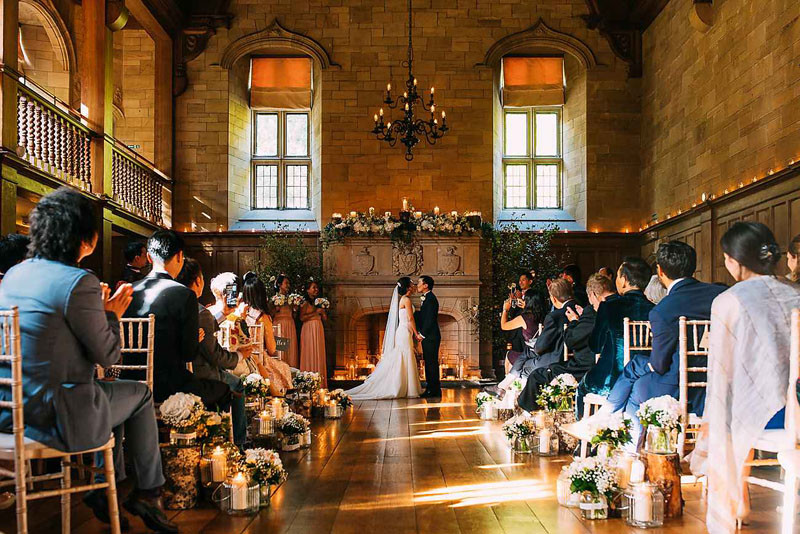
Conclusion
In conclusion the 5D Mark IV is a superb camera. Firstly, I won’t hide my disappointment that it doesn’t have a flip-screen or a really good quiet mode. The shorter battery life is a pain as it is one more thing to think about. But the camera does have plenty of redeeming features such as the ISO performance, low light AF, faster FPS and beautiful files make it a superb camera for wedding photographers. I am really excited about using it and getting more time in behind the viewfinder. There are lots of nice little updates and tweaks it makes it a joy to use. Editing has been fun and filled with way less frustration because the files looks great out of camera.
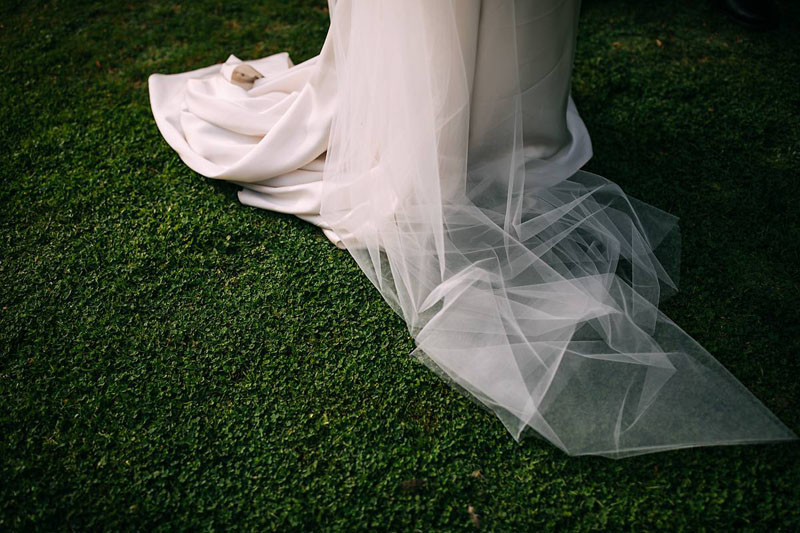
Is the 5D Mark IV the perfect wedding photography camera? No, but it come pretty close. It’s certainly a worthwhile upgrade from the 5D Mark III although this is still a great camera. If you own a Nikon D810 or D750 then the 5D Mark IV is probably a bit of a side step. Sure it has plenty of great features and trumps the D750 in many areas. But in terms of image quality and processing it is unlikely to be revolutionary for you unless you are looking for better build quality (the D750 is pretty poor in this area.)
I am really happy I bought the 5D Mark IV, there is no question I’m getting more usable shots in tough lighting conditions and in addition the images have more latitude for processing. Upgrading from the 5D Mark III was a no-brainer for me.
About the author: Albert Palmer is a destination wedding photographer based in Bristol, UK. You can find more of his work on his website and connect with him through Facebook and Twitter. This article was also published here.